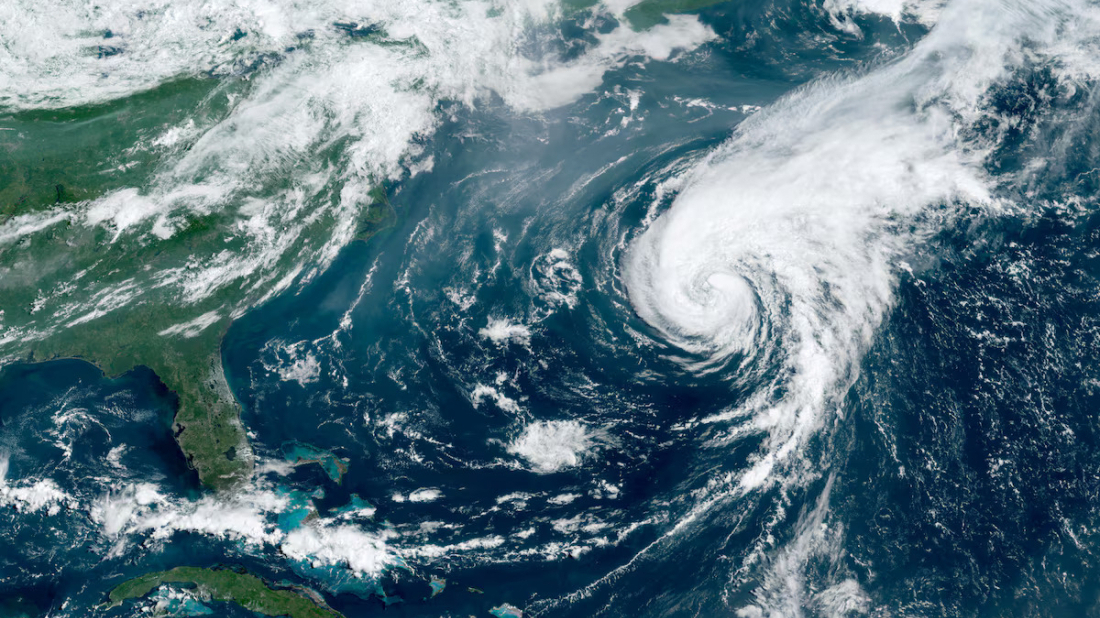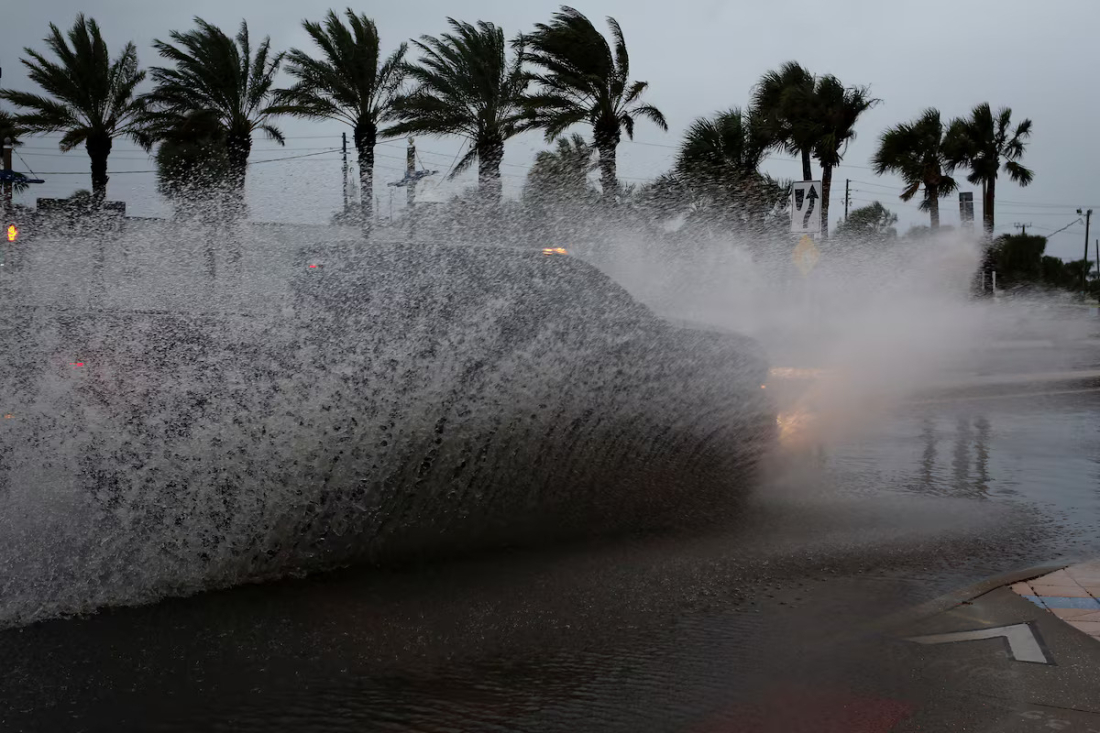Floods in Indonesia leave hospitals overwhelmed and communities isolated
Residents in Aceh Tamiang, Indonesia, are facing rising diseases and limited medical care after cyclone-driven floods and landslides destroyed homes a...

As Hurricane Melissa barrels towards Jamaica as a powerful Category 4 storm, questions often arise about how these tempests get their names.
From Alberto to William, each hurricane name follows a carefully designed global system, one built not just for order, but to save lives, prevent confusion, and communicate clearly in times of crisis.
Why hurricanes are named
The naming of hurricanes serves a vital purpose: it helps meteorologists communicate more effectively with the public. Giving storms official names makes warnings clearer, reduces confusion, and allows authorities to issue faster, more precise updates. The practice began in various parts of the world during the mid-20th century and gained prominence during World War II, when military meteorologists found that naming storms made them easier to track and report.
How hurricane names are chosen
The World Meteorological Organisation (WMO) manages six alphabetical lists of hurricane names, reused every six years. Each list begins anew on 1 June, marking the start of the Atlantic hurricane season.
For example, this year’s list began with Alberto and will conclude with William, names that will reappear in 2030, unless any are retired due to severe impact. Melissa, the current storm threatening Jamaica and parts of Cuba, is one of the names from this year’s rotation.
A look back at history
Before the modern system came into effect, storms were named more arbitrarily. They were sometimes referred to by the ships they struck, religious feast days, or the regions they devastated, such as the Great Galveston Hurricane of 1900. Over time, meteorologists recognised the need for a consistent, international naming system that would make cross-border communication easier during emergencies.
When a storm gets its name
A developing cyclone is officially given a name when its sustained winds reach 63 kilometres per hour, upgrading it to tropical storm status. When winds intensify to about 120 kilometres per hour, it becomes a hurricane. Assigning a name early in the process helps meteorologists and disaster agencies coordinate warnings and track the storm’s evolution as is now the case with Hurricane Melissa.

Male, female, and retired names
Today’s naming lists alternate between male and female names for balance and clarity. However, not all names are reused. If a hurricane causes catastrophic loss of life or destruction, its name is retired permanently to honour victims and prevent confusion in future forecasts. The World Meteorological Organisation makes such decisions collectively, ensuring cultural sensitivity following major disasters.
A global system built for clarity
What began as a practical wartime measure has become an essential global communication tool. Naming hurricanes, such as Melissa, now menacing Jamaica is not merely a formality. It is a system grounded in science, history, and humanity, designed to ensure that critical information reaches people quickly and clearly when every second counts.
The 2026 FIFA World Cup draw at the Kennedy Center in Washington, D.C., has finalized the group stage for the tournament co-hosted by the U.S., Canada, and Mexico, setting the schedule and matchups for next summer’s expanded 48-team event.
FIFA releases the 2026 World Cup schedule with match dates, venues, and key fixtures. See when host nations USA, Mexico, and Canada play and get an overview of group stage and knockout rounds.
A group of soldiers has appeared on Benin’s state TV announcing the dissolution of the government in an apparent coup, the latest of many in West Africa.
Pakistan and Afghanistan exchanged heavy fire along their shared border late on Friday, a reminder of how sensitive the frontier remains despite ongoing diplomatic efforts.
Iran’s Foreign Ministry has strongly condemned the Gulf Cooperation Council (GCC) for its support of the claims by United Arab Emirates on three Iranian islands.
Indonesia's military stepped up its relief efforts in three provinces on Sumatra island that have been devastated by deadly floods and landslides, and the country's vice president apologised for shortcomings in the response to last week's disaster.
Authorities in Senegal have launched urgent measures to prevent a potential oil spill after water entered the engine room of the Panamanian-flagged oil tanker Mersin off the coast of Dakar, the port authority said on Sunday.
The death toll from devastating floods across Southeast Asia climbed to at least 183 people on Friday (28 November). Authorities in Indonesia, Malaysia, Thailand and Sri Lanka struggle to rescue stranded residents, restore power and communications, and deliver aid to cut-off communities.
At least 47 people have died and another 21 are reported missing following ten days of heavy rainfall, floods, and landslides across Sri Lanka, local media reported on Thursday (27 November).
Rescuers in Thailand readied drones on Thursday to airdrop food parcels, as receding floodwaters in the south and neighbouring Malaysia brightened hopes for the evacuation of those stranded for days, while cyclone havoc in Indonesia killed at least 28.
You can download the AnewZ application from Play Store and the App Store.

What is your opinion on this topic?
Leave the first comment